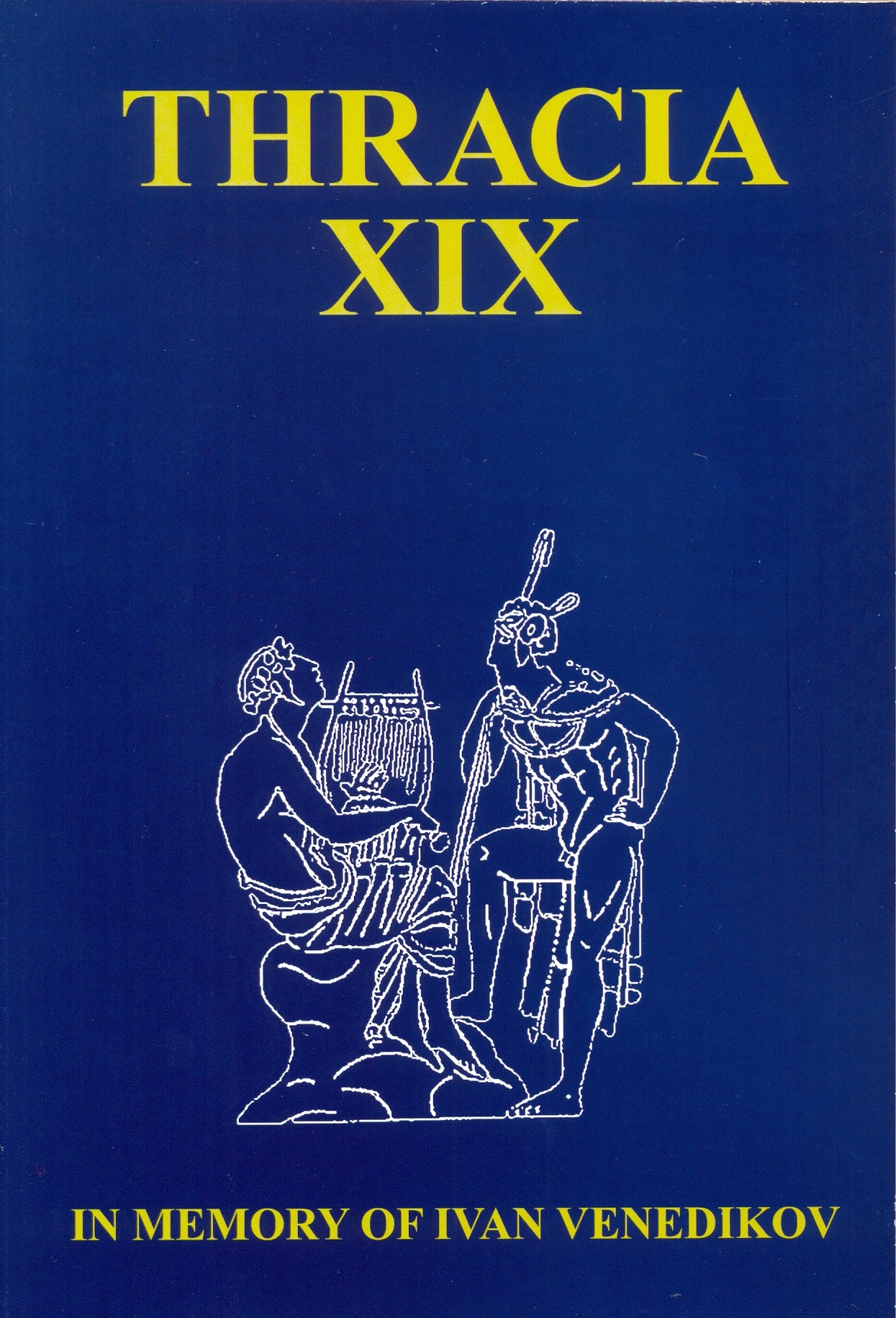Греко-скифские отношения в Нижнем Побужье V в. до н.э. (О начале реколонизации сельской округи Ольвии Понтийской)
Greek-Scythian Relations along the Lower Course of the Bug River in the 5th Century BC (on the Beginning of the Recolonisation of the People of Olbia Pontica)
Author(s): Konstantin K. Marchenko, Yuri A. VinogradovSubject(s): History, Cultural history, Economic history, Ethnohistory, Local History / Microhistory, Political history, Social history, Ancient World
Published by: Институт за балканистика с Център по тракология - Българска академия на науките
Summary/Abstract: The paper examines the direct connection of Olbia Pontica with the events taking place in the steppe regions of the Northern Black Sea coast. It is emphasised that the most salient proof of that dependence can be seen in the establishing and development of its chora. According to the authors, one of the most characteristic manifestations of that dependence is the termination of the existence of the predominant part of the agrarian settlements from the archaic periods along the lower course of the Bug river at the end of the first third of the 5th century BC. Numerous archaeological examples illustrating that process are presented. The authors assume that the Scythians and the emerging animosity to the Greeks were the most probable reason for those radical changes. It is assumed that the end of the first quarter of the 5th century BC marked the beginning of the decomposition of the big tribal union of the Scythians, which occurred in response to the Scythian march of Darius. Thucydides focuses attention to the lack of unity among the Scythians, which was the reason for the transformation of a large part of the territory of the Northern Black Sea coast into an arena of conflicts and wars. The situation in the steppes improved gradually in the second part of the 5th century BC, which was visible in the intensive activities along the lower course of the Bug river from the last third of the 5th century BC onward, and the recolonisation of the territory of Olbia and of the coasts of the Dniepr-Bug liman started at the beginning of the next century, i.e., simultaneously with the emergence of the first Scythian settlements along the Northern Black Sea coast, which turned half a century later into the most important economic and political centres of Great Scythia.
Journal: Thracia
- Issue Year: 2011
- Issue No: 19
- Page Range: 247-255
- Page Count: 9
- Language: Russian
- Content File-PDF

